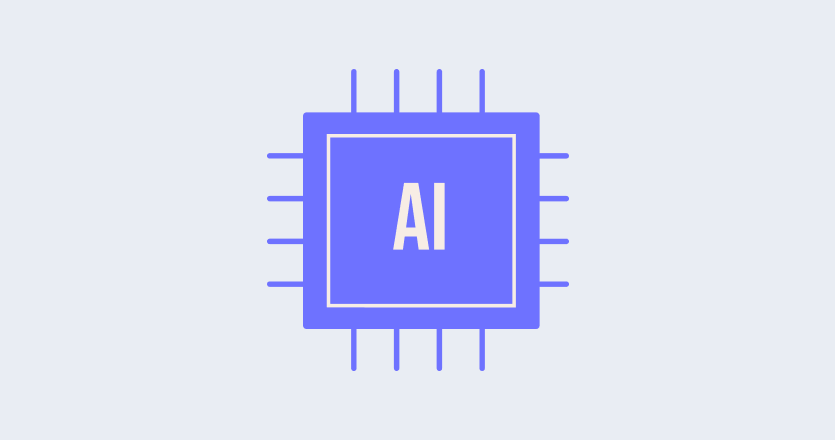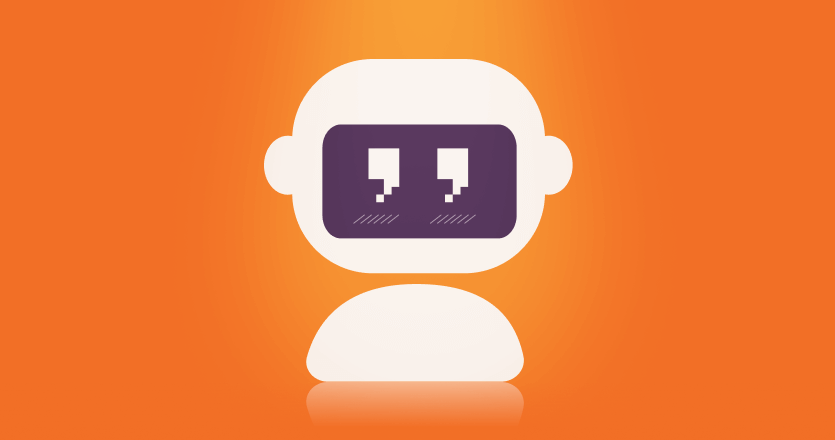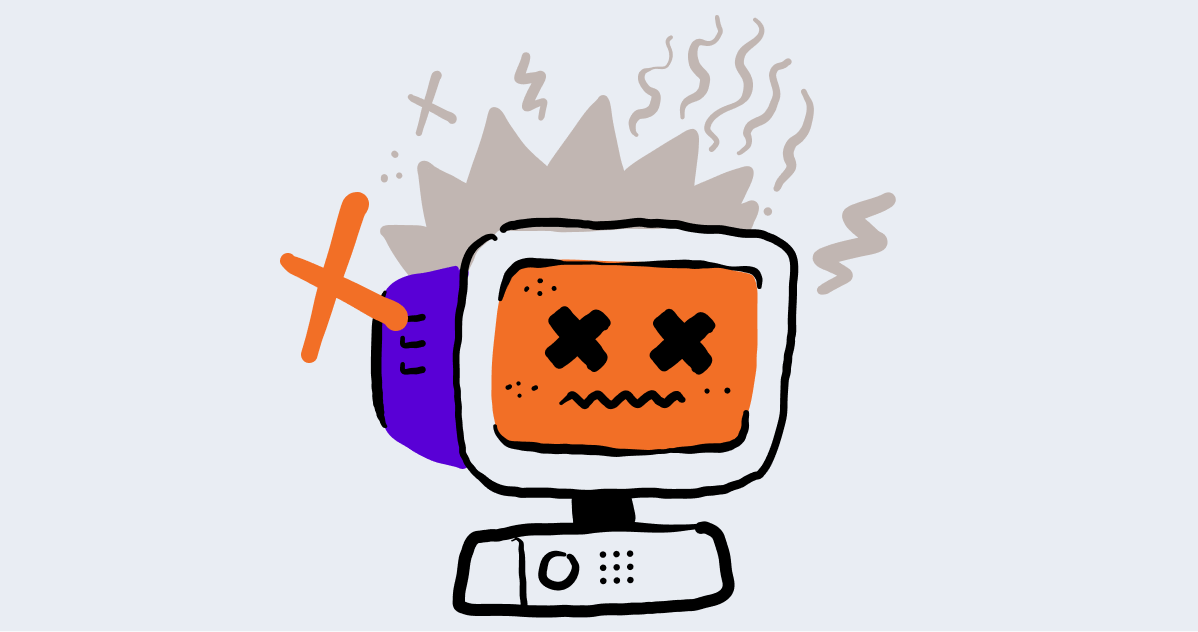As with any new technology, AI comes with risks. That’s why integrating AI into your existing digital signage strategy requires a plan that can help to minimize these risks, and maximize the benefits of this powerful and revolutionary technology.
In this article, we’ll review the most common risks associated with AI integration, and paint a clear picture of how your team can proactively tackle them.
Common risks when using AI for digital content creation and management
When it comes to blending AI and digital signage, the benefits are far-reaching: from deeper analytics and better personalization, to task automation and organizational efficiency, AI has the power to totally transform how you approach digital signage. But there are several key areas of risk that you should be aware of before you go all-in on AI. These include data privacy concerns, questions about algorithmic biases, and the potential for loss of authenticity.

Potential risk #1: Data privacy and security
In order to generate insights, identify patterns, deliver personalized content and recommendations, and more, AI must collect vast amounts of information. You can think of the information that AI collects as its fuel – in order to continuously learn and perform, AI must constantly consume large amounts of data.
But as information consumption increases, so does the risk of misuse, data breaches, and privacy violations. Moreover, concerns about the increased use of AI in digital signage may cause end users to feel less comfortable about interacting with digital screens. Thus, the risks here aren’t just about data privacy and security, they’re also about people’s comfort level with AI, and how they perceive the technology.
Potential risk #2: Algorithmic biases and discrimination
Algorithmic biases in AI which can lead to discrimination are well-documented. As we’ve reviewed already, AI must constantly collect vast amounts of data to continue learning and performing. And while much of the data which AI collects is accurate and reliable, a great deal of publicly available information – the type of data that AI platforms use to train, learn, and generate responses – is flawed. Research from the Chapman University AI Hub explains further: “If the data used to train an AI algorithm is not diverse or representative, the resulting outputs will reflect these biases.”
And when resulting AI outputs reflect such biases, they also reinforce them. In the context of digital marketing, this can result in unfair or inaccurate personalization and targeting, and even unethical marketing practices.
Potential risk #3: Lack of authenticity
AI is becoming more widely used for task and process automation. Said otherwise: AI is starting to take over some of the jobs usually left to a human set of hands. When it comes to digital marketing, this includes content creation and editing, content and campaign management, and analytics and reporting. And while this potentially opens up time for people to spend on strategic thinking and other creative projects, the question remains: what happens when digital content is created, deployed, and managed without human intervention?
The answer is, of course, that brands stand to lose their authentic voice and identity. Ultimately, the use of AI in marketing (including for digital signage) might actually dull the impact of your brand, and your message.

Tips for overcoming the risks posed by AI
There are three keys to overcoming the risks associated with using AI-powered functionality in your digital signage.
The first is to educate yourself on the risks, and stay informed about the technology you’re using. By gathering information about the pros and cons of AI, you can easily identify potential problem areas and risks early on, making them much easier to address. Next, be sure to outline your approach to using AI-powered tools. By implementing a clear and consistent set of rules or guidelines for how your organization interacts with AI, you can ensure that use of AI platforms remains ethical and productive. Finally, you must ensure oversight of the use of AI within your business. This doesn’t just include enforcing AI guidelines across your business, it also ensures human oversight of the tasks and processes that you are entrusting to AI.
– – –
At Yodeck, we believe in the power of AI to transform digital signage. The insights generated from AI can be used to drive deeper connections with end users, and to streamline digital signage operations. We also understand the inherent risks of AI: our aim is to help our customers to better understand this rapidly evolving technology, so that they feel confident and secure in using it to amplify their approach to digital signage.
To explore the features and functionality that Yodeck has to offer, start on this page.
To start a free trial, just sign up here.
*Katie Rose Hester is a senior content strategist and writer working with product-led businesses bringing interesting, helpful innovations to market.
